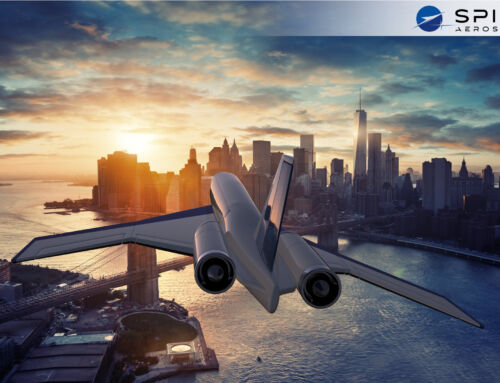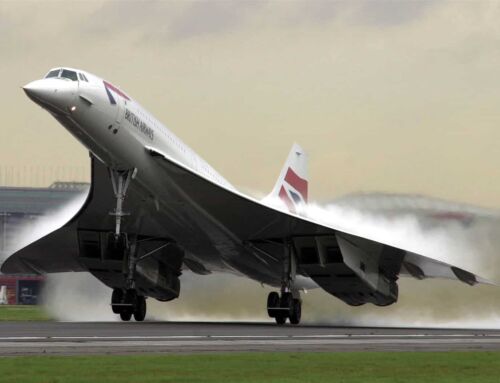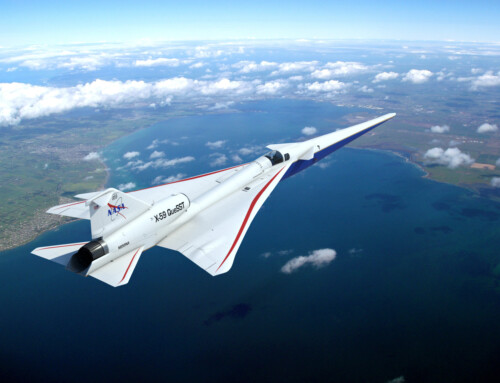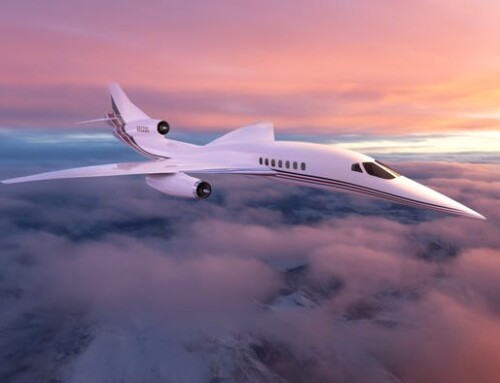
The Telegram recently featured Spike Aerospace in an article (https://www.yahoo.com/tech/concorde-successor-trying-crack-achilles-120000972.html) highlighting how the company is developing a supersonic jet that directly addresses the key flaws that brought down the Concorde. Chief among those was the Concorde’s infamous sonic boom—loud enough to rattle windows and draw regulatory bans on overland flight. According to Spike CEO Vik Kachoria, the company is leveraging aerodynamic shaping to dramatically reduce this boom to a “sonic thump,” akin to the sound of a car door closing at a distance. This breakthrough could allow overland supersonic travel for the first time, potentially unlocking vast new markets across the U.S., Europe, Asia, and beyond.
Spike’s aircraft, the S-512 Diplomat, is a sleek business jet designed to cruise at Mach 1.6—twice the speed of today’s airliners—while carrying 18 to 28 passengers. Its cranked delta wing and tailored fuselage shape are engineered to reduce drag, boost fuel efficiency, and disperse shockwaves skyward. With a target perceived noise level below 75 decibels, the Diplomat is being designed to comply with emerging U.S. and European noise standards. Spike is also planning for quieter takeoffs and landings by using modified commercial engines and a streamlined, windowless cabin featuring panoramic digital displays fed by external cameras.
While speed is the focus, Spike isn’t ignoring sustainability or certification. The company expects to rely on sustainable aviation fuel (SAF) to cut lifecycle CO₂ emissions by up to 80% compared to traditional jet fuel. Spike believes its noise-mitigation technology, business-class market focus, and realistic fuel strategy position it for success. Spike aims to deliver the future of fast, quiet, and responsible flight—fulfilling the Concorde’s original promise without repeating its mistakes.






